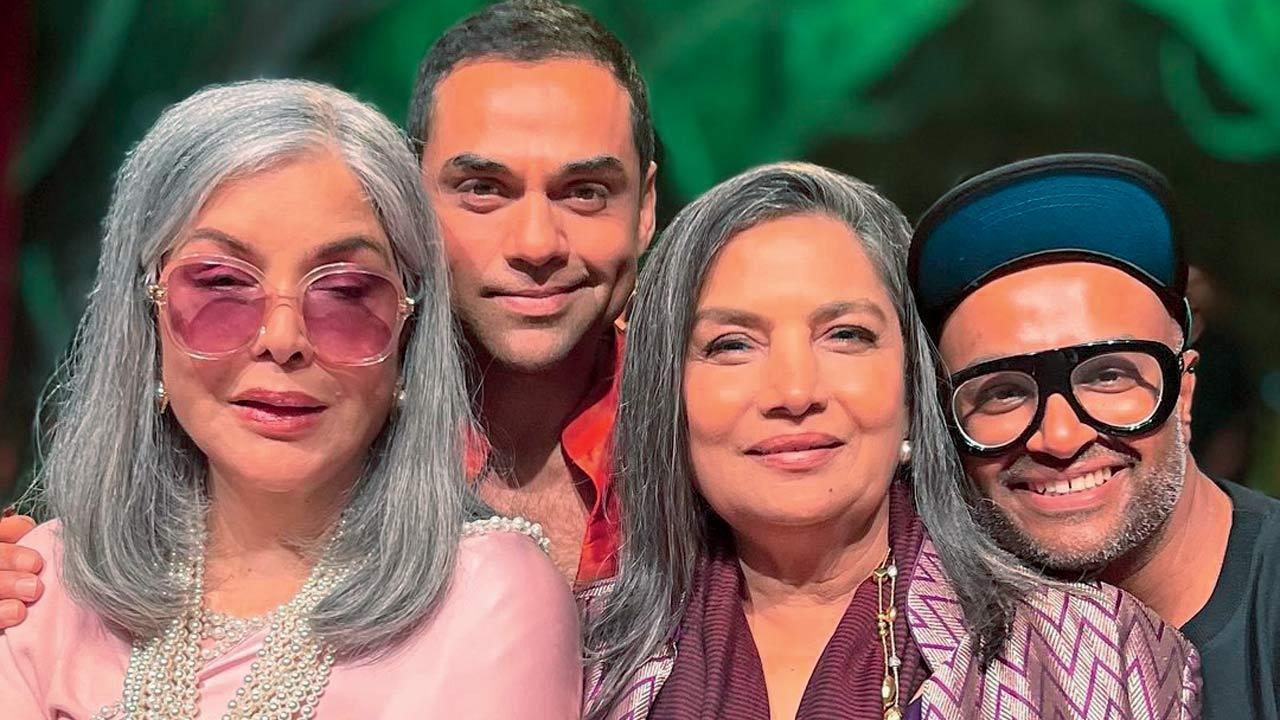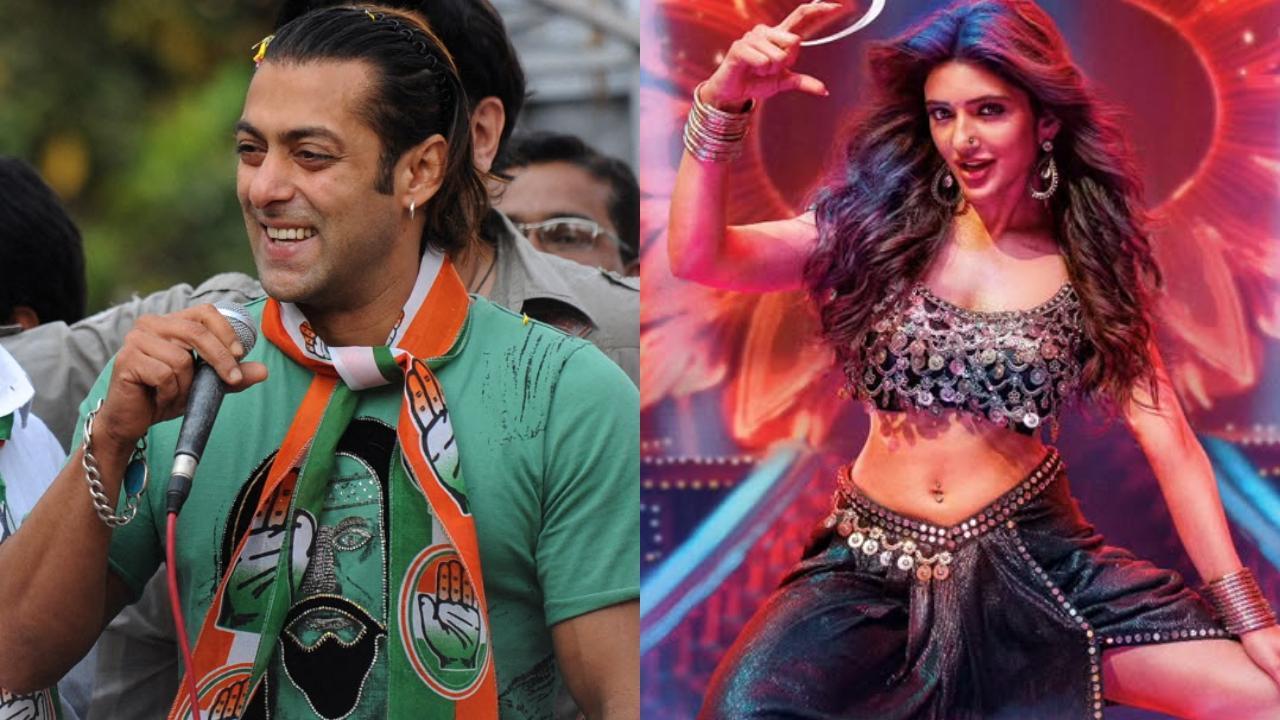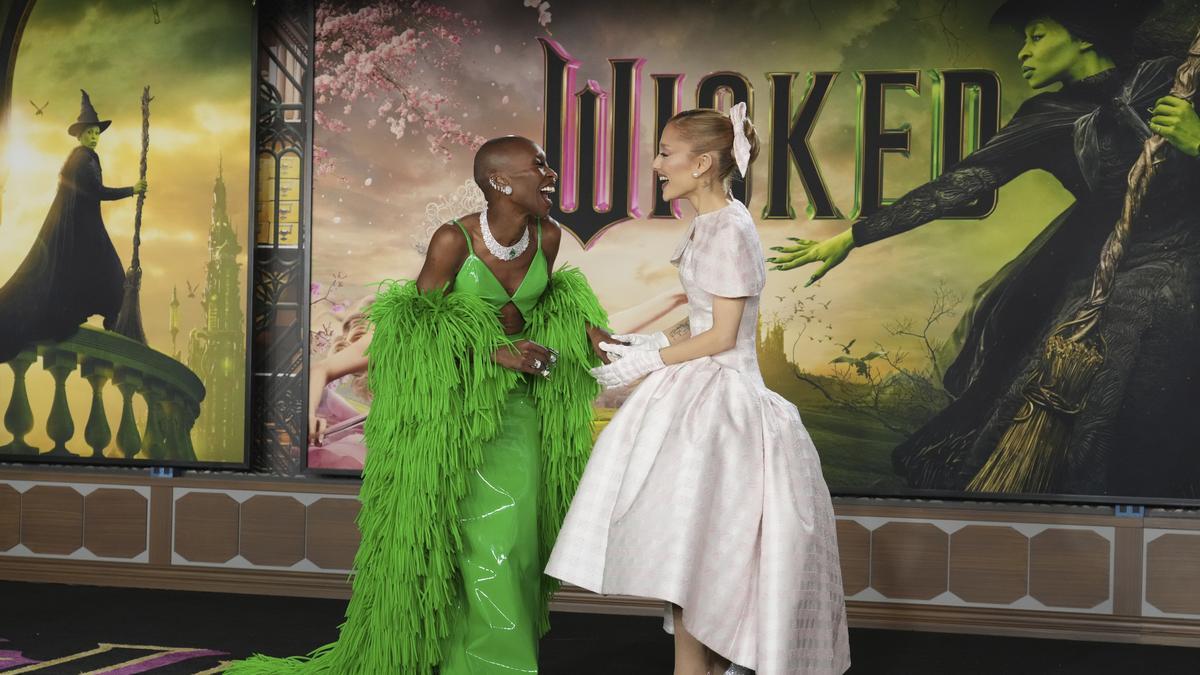
In the heart of Karnataka, the name Rumale Channabasavaiah evokes a deep sense of admiration and nostalgia. Often referred to as the ‘Van Gogh of Karnataka,’ Channabasavaiah’s work captures the vibrant spirit and natural beauty of the region in a manner reminiscent of the Dutch master himself. With his distinctive use of swirling, energetic colors, his landscapes reflect a dynamic energy that has captivated art connoisseurs and casual viewers alike.
Much like Vincent Van Gogh, Rumale’s journey as an artist was fraught with personal tumult and abruptly concluded by a tragic accident. On January 27, 1988, Channabasavaiah completed his last painting at the Reserve Bank of India in Sadashivnagar. The following day, while returning home from studying a flower at Lal Bagh, he was struck by a speeding bus and succumbed to his injuries shortly after. He was 78 years old at the time.
Despite the brevity of his life, Rumale left behind an extraordinary legacy of paintings that celebrate the erstwhile beauty of Bengaluru. His works serve as both a tribute to the city’s lush botanical landscapes and a poignant commentary on the adverse effects of rapid modernization on natural and historic landmarks. Through his compelling art, he reminds the community of the importance of preserving its natural heritage.
Rumale Channabasavaiah was not just an artist but a deeply spiritual individual and a fervent freedom fighter. Always seen clad in khadi, he was a staunch supporter of India’s independence movement. Originating from Old Mysore, Rumale faced multiple imprisonments by the British colonial government in the 1930s. He survived the Viduraswatha firing, often referred to as the ‘Jallianwala Bagh of the South,’ and was imprisoned alongside Jawaharlal Nehru at Visapur jail. His activism saw him participate in critical movements such as the Salt Satyagraha and the Quit India movement.
In honor of Channabasavaiah’s 114th birth anniversary on September 15, notable artists from across Karnataka will gather at the Rumale Art Gallery in Rajajinagar. This event coincides with the 79th edition of Art Park, an initiative driven by prominent artist SG Vasudev, who has dedicated significant efforts to make art more accessible to the public.
.
“Sanjay Kabe, Rumale’s foster son, is a great friend and a significant supporter of our Art Park programs. A few months ago, he expressed a desire to commemorate Rumale’s 114th birthday in September. This idea inspired us to organize a special Art Park tribute,” recalls Vasudev. “Rumale’s contributions to Karnataka’s art world are invaluable, and it is only fitting that the artist community honors his monumental legacy.”
Vasudev’s own artistic journey is notably tied to Channabasavaiah. “Before I became a professional painter, I created a cartoon of Laurel and Hardy and sent it to Tainadu, a prominent Kannada newspaper. At that time, Rumale was the editor. He appreciated my work and encouraged me to pursue my art,” reminisces Vasudev.
Years later, during his studies in Chennai, Vasudev reconnected with Rumale through his teacher, KCS Paniker. Rumale’s generosity and ongoing support left an indelible impression on the budding artist. “Rumale was influenced by Van Gogh, but he developed his own distinctive style, particularly through his use of color and focus on the Bangalore landscape,” Vasudev explains.
“Though he started his artistic career later in life, Rumale’s dedication and talent enabled him to make a significant impact on the art world,” Vasudev continues. “His unique approach to painting, particularly his preference for en plein air (outdoor) work, allowed him to authentically capture the immediate colors and atmosphere of his surroundings.”
As the art community in Karnataka gathers to honor Rumale Channabasavaiah, they not only celebrate his artistic contributions but also his enduring spirit and dedication to his homeland. The tribute is a reminder that, much like his swirling, dynamic landscapes, Rumale’s legacy continues to move and inspire those who appreciate the rich cultural tapestry of Karnataka. Through his painting and his activism, Rumale has cemented his place in the annals of Indian art history as a true visionary and patriot.










